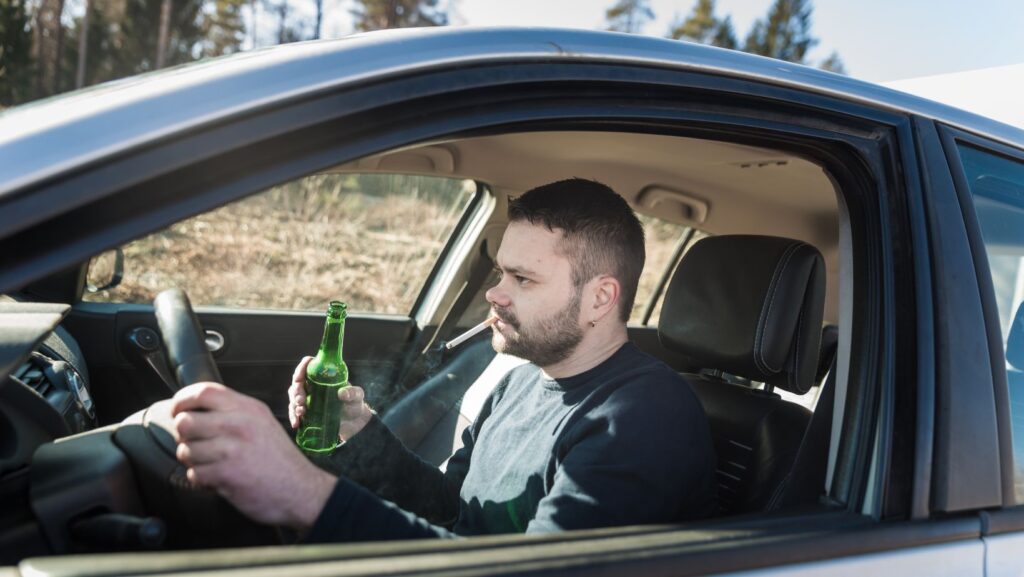Every time we venture out onto the road, we share it with countless other drivers. Unfortunately, this shared space can sometimes become a scene of unexpected danger.
Statistics show that the most dangerous road intersections in the US see thousands of accidents annually, many of which are caused by driver negligence.
Understanding the different forms of negligent driving behavior can be empowering, especially if you’ve been injured in an accident that wasn’t your fault. By recognizing the signs of negligence, we can take steps to protect ourselves and explore potential legal options, such as filing a personal injury claim.
Duty of Care: The Foundation of Negligence Claims
The duty of care refers to the obligation to avoid actions or situations that could foreseeably harm others. For drivers, this means operating their vehicle responsibly to ensure the safety of all road users, including other drivers, pedestrians, and cyclists.
A breach of this duty occurs when a driver’s actions or inactions, such as speeding, failing to signal, or not maintaining their vehicle, lead to conditions that increase the risk of an accident. Understanding this foundational concept is crucial for any driver, as it sets the legal framework for negligence claims following traffic accidents.
Common Forms of Driver Negligence Leading to Accidents
Distracted Driving
Distracted driving remains a major cause of road accidents involving activities that divert a driver’s attention from the road. In states like Florida, texting, talking on the phone, eating, and adjusting the radio are common distractions.
Drivers must minimize distractions to maintain focus on the driving task, thereby reducing the likelihood of tragic consequences.
Impaired Driving
Driving under the influence of alcohol, drugs, or certain medications severely impairs judgment, reaction times, and motor coordination. In states like Florida, the legal blood alcohol content limit is 0.08% for drivers over 21, and any value above this is considered driving under the influence (DUI).

Additionally, driving while drowsy shares similar risks as drunk driving, as it dulls attention and slows reaction. Despite stringent laws and awareness campaigns, DUI remains a persistent issue, contributing to numerous road accidents each year.
Drivers must understand the severe risks associated with impaired driving and opt for safer alternatives like designated drivers or public transportation when necessary.
Aggressive Driving
Aggressive driving includes behaviors like tailgating, speeding, and exhibiting road rage. Such actions increase the risk of accidents and exacerbate the severity of crashes.
Aggressive drivers often make unpredictable moves, fail to yield the right of way, and disregard the safety of others, leading to dangerous situations. Recognizing and avoiding aggressive driving habits is essential for maintaining safety and preventing unnecessary road accidents.
Reckless Driving
Reckless driving is characterized by a blatant disregard for the safety and property of others—much more severe than simple carelessness or aggressive driving. Examples include excessive speeding, illegal overtaking, and evading traffic controls.
Such maneuvers reflect a deliberate choice to ignore the rules of the road, often resulting in severe consequences. Distinguishing reckless driving from aggressive driving is important as it highlights the driver’s intentional risk-taking behavior, which can lead to stricter penalties under the law.
Failing to Obey Traffic Laws
Many accidents result from disobeying traffic laws, such as running red lights, speeding, and ignoring stop signs. These violations can lead to dangerous collisions, particularly at intersections known for high traffic volumes.

Adhering to traffic laws is fundamental to road safety. They serve as guidelines that help manage traffic flow and prevent accidents. Drivers who disregard these laws risk fines and penalties and jeopardize the lives of all road users.
Vehicle Maintenance Issues
Neglecting vehicle maintenance can lead to critical failures like brake malfunctions or tire blowouts, which are significant factors in road accidents. Regular checks and timely repairs, including using quality products like those offered by JennyChem, are vital to ensure vehicle safety and prevent such issues from contributing to accidents.
Importance of Evidence in Establishing Negligence
Gathering evidence is crucial if you’ve been injured in a car accident you suspect was caused by another driver’s negligence. This evidence helps build your case and demonstrate the other driver’s breach of duty. Key pieces include the police report, witness statements, and medical records documenting your injuries.
Seeking Legal Help After a Car Accident
Car accidents can be overwhelming, leaving you with physical injuries, emotional distress, and questions about how to move forward. Consulting an experienced personal injury lawyer can help you navigate the legal process, ensure your rights are protected, and explore potential compensation for your damages.


More Stories
The Foraging Mindset That Beats Anxiety Disorders
Exploring Berberine as a Trusted Option for Health Support in the UK
When Self-Care Gets Lonely: Making Peace With Solo Healing Work